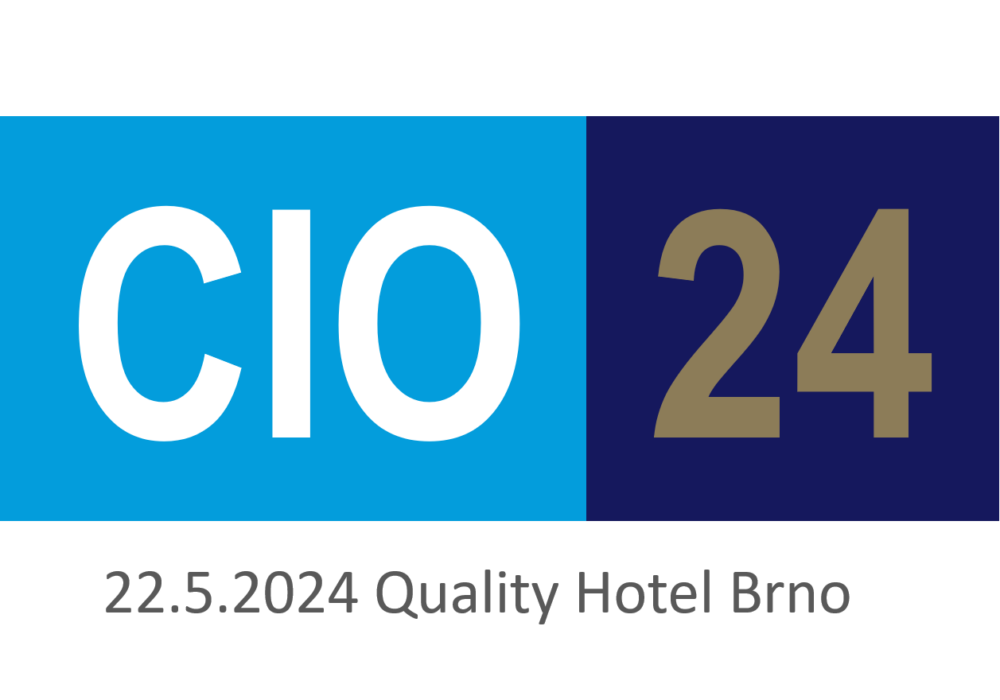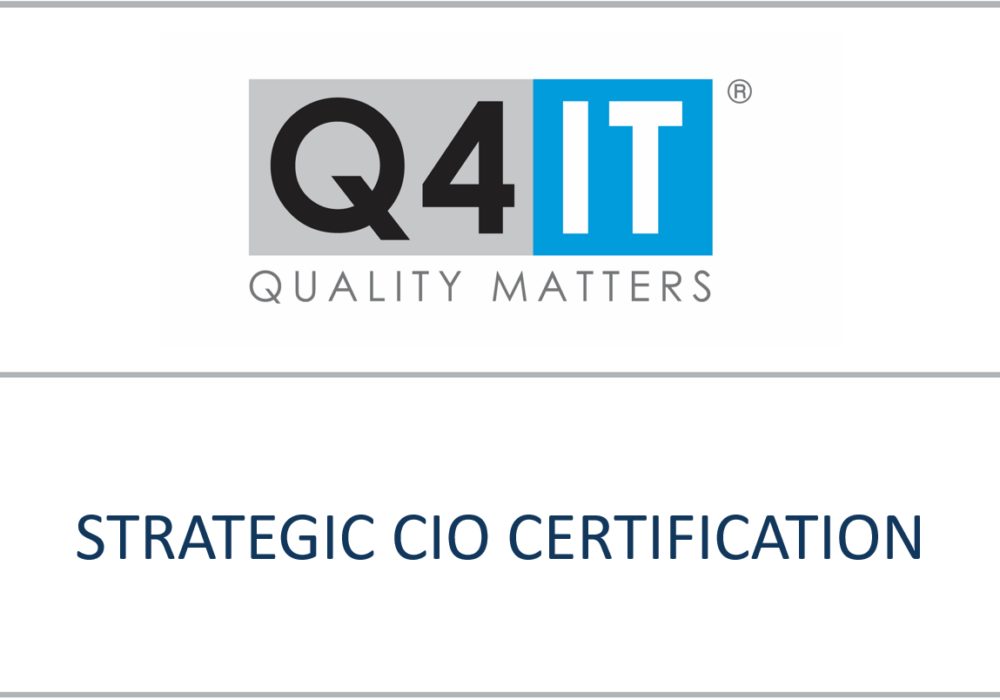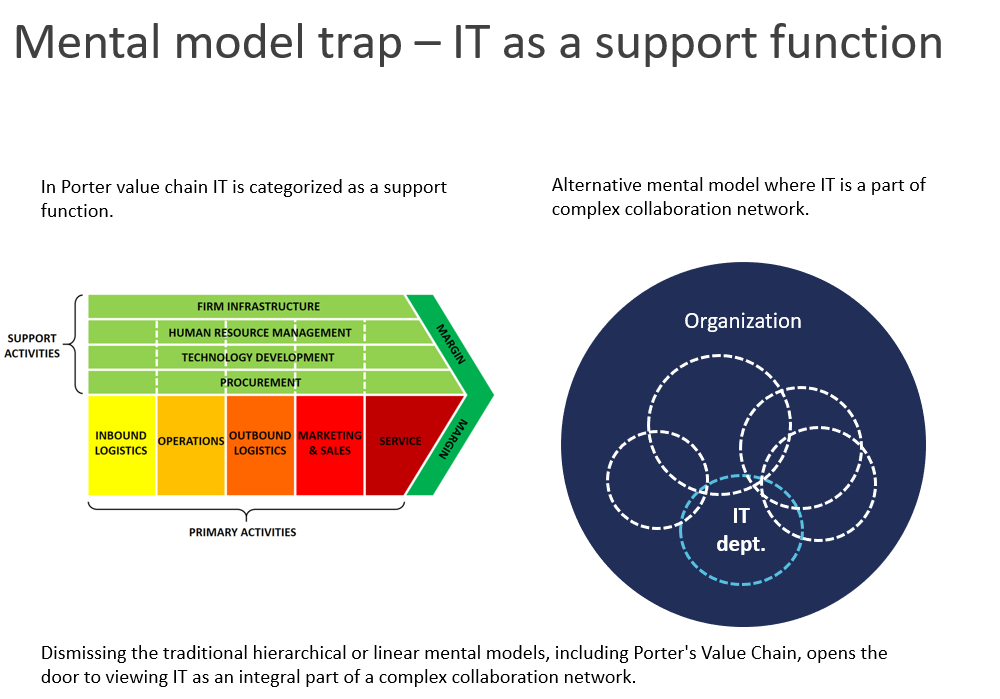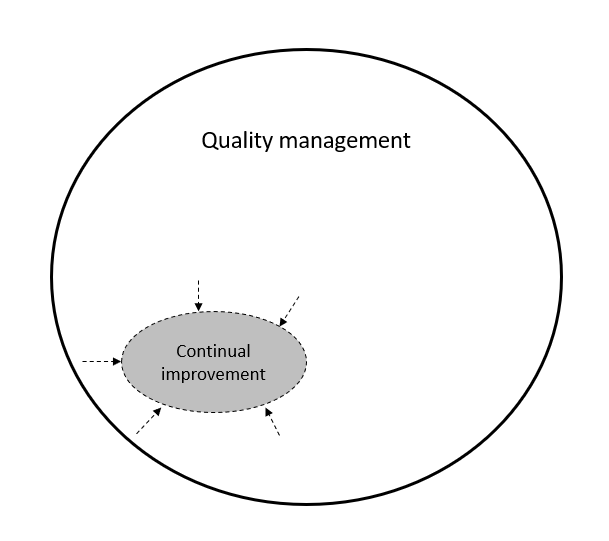On May 22, 2024, the traditional 12th annual informal meeting of CIOs and IT managers took place with the aim of sharing experiences and inspiration for modern IT management. The next edition of Meetup CIO 25 will take place again in Brno on May 21, 2025, to which we invite participants interested in trends in […]
People Analytics
Data analytics is usually a well-established area in many organizations. On the other hand, people analytics is a new and emerging field, as many organizations are just now recognizing that people, their skills, and capabilities are their greatest assets. In IT, people analytics can be practically implemented through these steps: – Individual skills assessment – […]
Strategic CIO certification
A number of CIOs and IT managers actively educate themselves and devote themselves to new areas that will allow them to change the view of IT from a reactive department to a strategic capability of their organizations and a full-fledged part of the company that can contribute to the successful development of the entire company. […]
IT role paradigm shift
In 1985, Michael Porter introduced the concept of the value chain, which later became a widely used model for various value-based concepts. However, in that era, the IT landscape was vastly different from what it is today. Concepts like value from service delivery and consumption have now become the de-facto default models for value creation. […]
Continual Improvement Practice Limitations
The concept of continual improvement, influenced significantly by visionaries such as Sir Edward Deming in the 1950s, laid the groundwork for a structured approach to quality management, exemplified by the continual improvement (PDCA) cycle. Originally rooted in the context of factory-type work, where manual labor synchronized with machines, the focus was on optimizing workflows, eliminating […]




